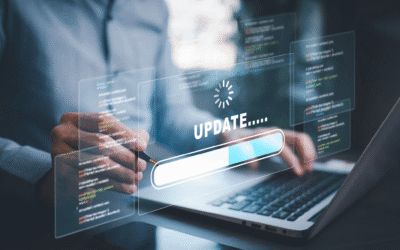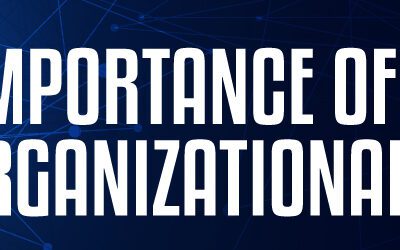
More and more organizations and end-users are integrating the use of artificial intelligence (AI) into their workflows and operations. From developing website chatbots, using Copilot to capture meeting notes, or ChatGPT to assist with code review, there are numerous use cases to improve productivity thanks to AI. One such use case is the integration of AI into networking and Internet of Things (IoT) devices. But first, a quick primer on AI is needed.

The reality is that AI has been around for many years in much simpler forms than what recent technology has allowed for. Recent acceleration of AI can be tied to two main concepts: Machine Learning (ML) and Deep Learning (DL).
Machine Learning enables AI tools to gain insights from historical data and enhance their performance over time. By examining data outputs, AI can identify areas for efficiency and focus on optimization. In essence, Deep Learning is an advanced subset of Machine Learning. It employs neural networks to process complex data, making it applicable to more sophisticated scenarios.


Organizations large and small use various IoT devices within their networks. IoT includes any internet-connected device, such as sensors, cameras, and smart speakers. These devices can communicate and exchange data with each other.
AI has two major benefits when integrated into IoT networks: optimizing efficiency by analyzing the collected data and creating policies to strengthen the security of the network. In a previous newsletter, we discussed the power of the Meraki Marketplace and some examples of use-cases, such as using security cameras equipped with applications that can identify users and notify security if an unauthorized individual tries to enter a secured area. AI could also review data from environmental sensors and make real-time adjustments to various conditions or alert if it detects an emergency. These are examples of how the real-life application of AI in IoT continues to develop at an extraordinary rate.

Security is always top of mind when it comes to an organization’s network, and AI can also be leveraged to improve security posture. While IoT devices can provide numerous benefits, the security-minded will also view each additional device on a network as a potential vulnerability for cybercriminals to exploit if not protected properly. AI security tools can be used to continuously monitor network traffic to adjust security measures in real-time. If an AI monitor detects an anomaly on a specific device, it can isolate traffic to and from this device and alert a security operation team to investigate further. AI’s efficiency allows for threats to be addressed more rapidly than usual, thereby minimizing potential risks effectively.

AI and IoT networks have rapidly evolved, turning concepts into real products used across various sectors. As AI models continue to advance, more efficient solutions will emerge.
Looking to discuss how your organization can make use of the Cisco Meraki toolset in your environment? Contact the CSOLVE team today.


Blue Door are hosting their annual Coldest Night of the Year in Richmond Hill on February 22! The fundraising walk is a great family-friendly event raising money for local charities serving people experiencing hurt, hunger, and homelessness. Last year’s event saw more than 350 walkers raising over $160,000! To learn more and register for this event: Coldest Night of the Year – Richmond Hill – Blue Door

Our friends at Bradford Greenhouses are hosting the Barrie Women’s Show at their Garden Gallery in Springwater on January 25 and 26. The event features guest speakers, live fashion shows, and panels covering many topics. A wide variety of local vendors will also be on site offering exclusive, one-of-a-kind items. Proceeds from the event support Roots for Youth, a charity that assists teenagers who are struggling to extend their education due to family tragedy or financial hardship. Learn more about the event here: Barrie Women’s Show – Bradford Greenhouses Garden Gallery




